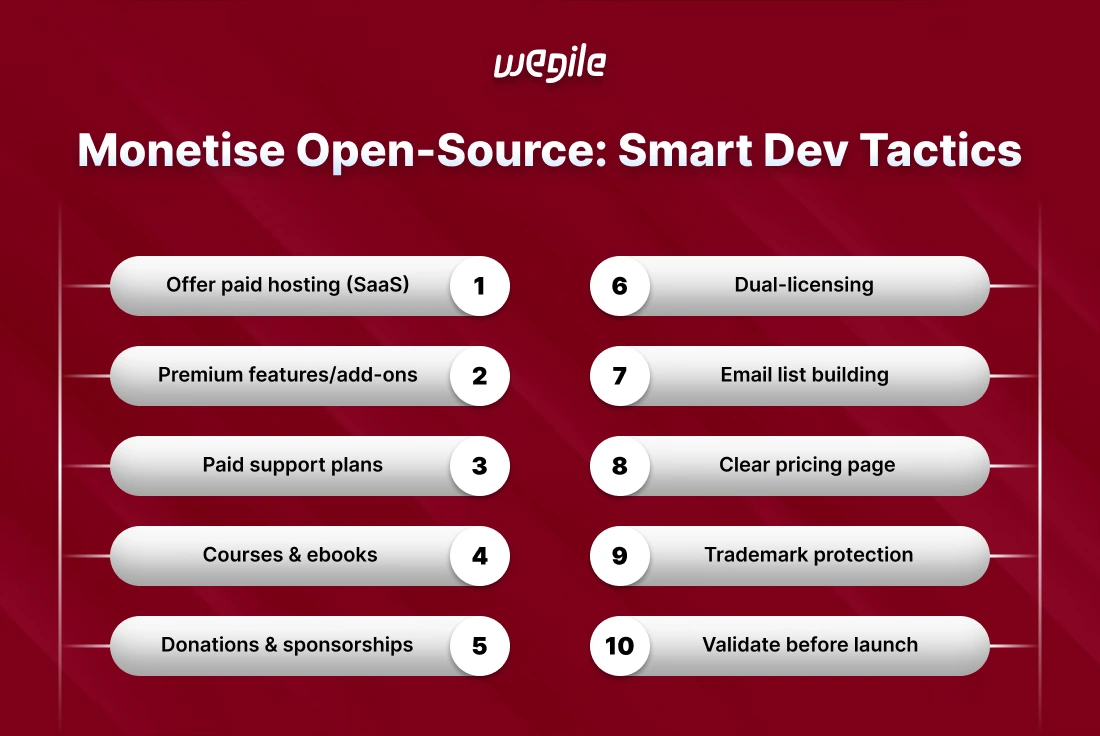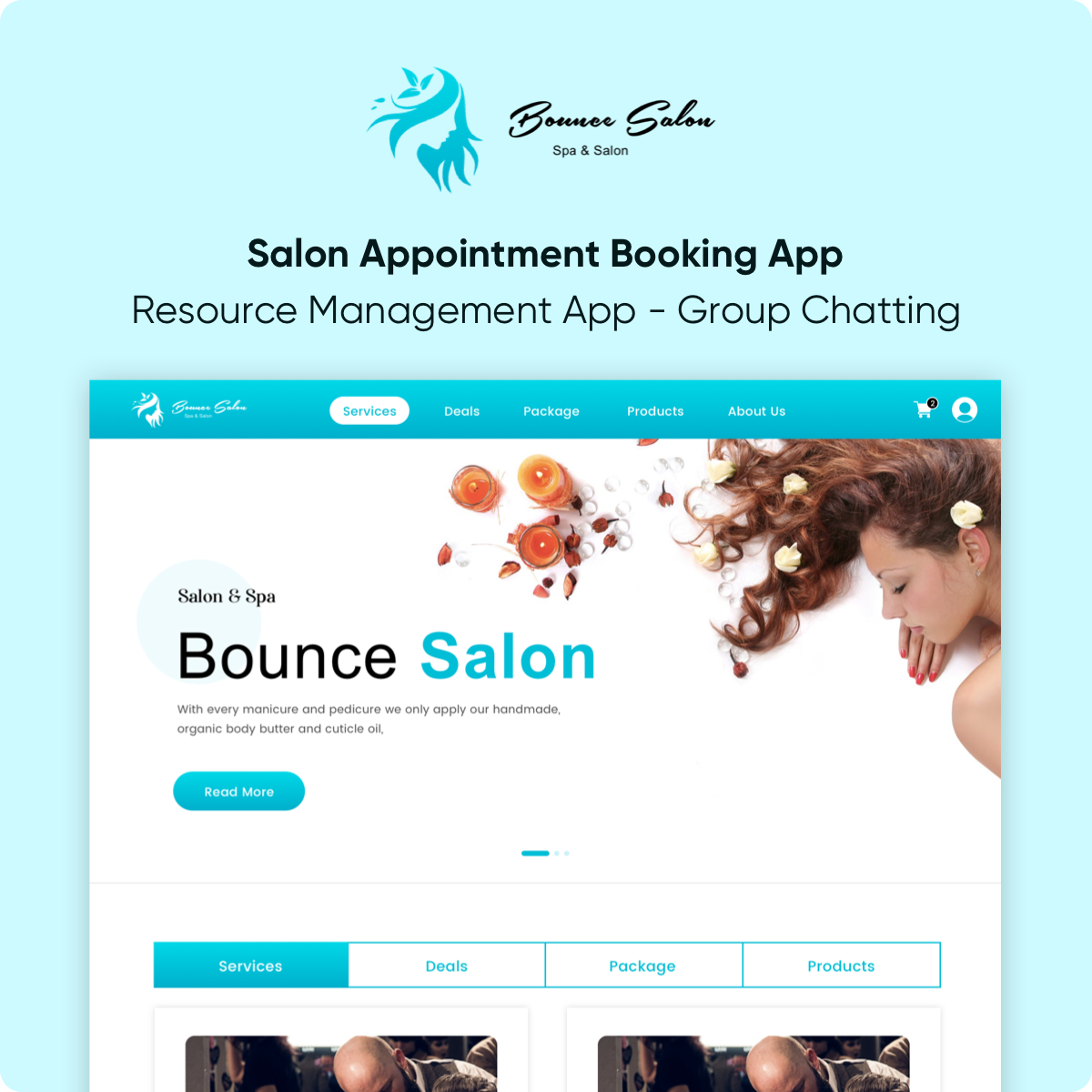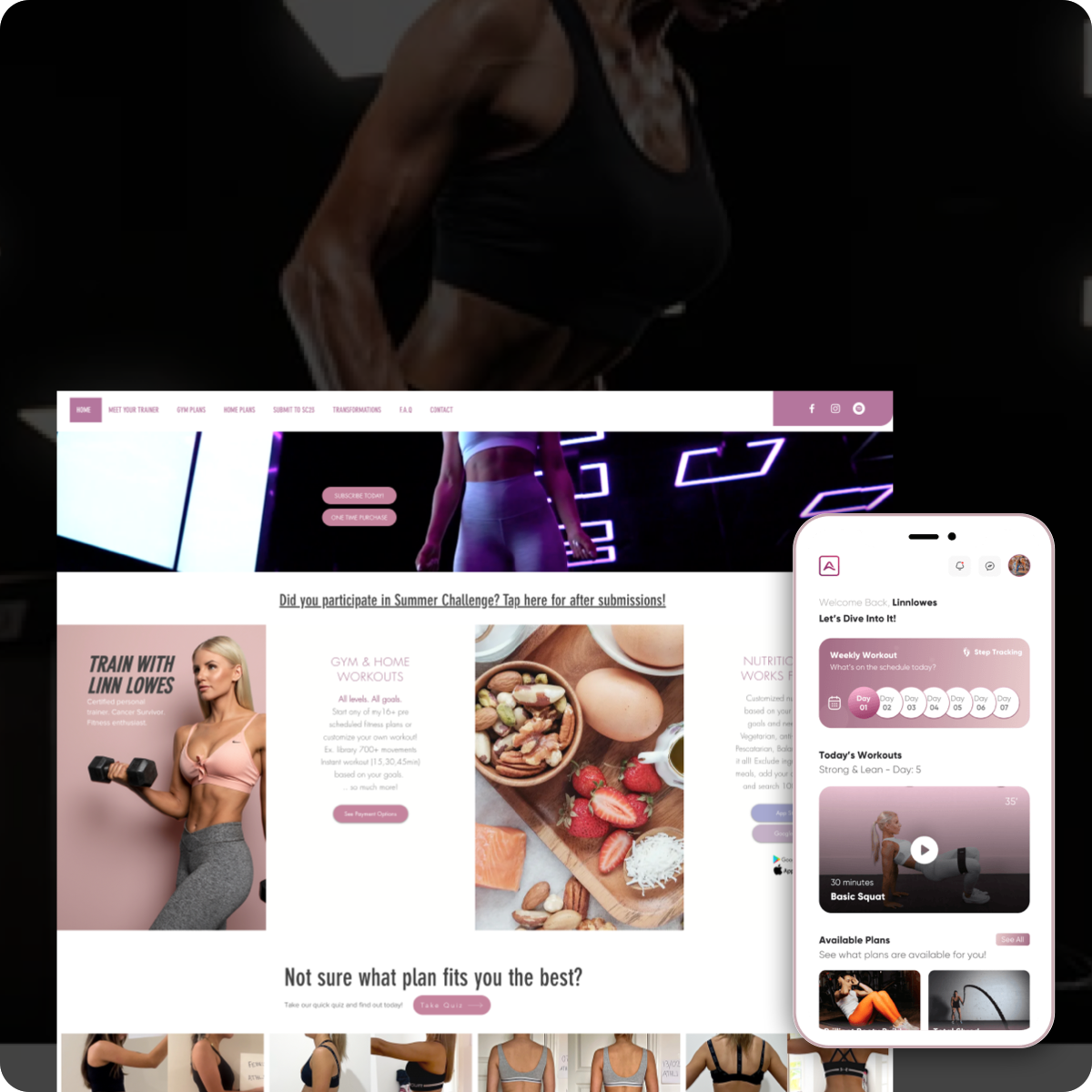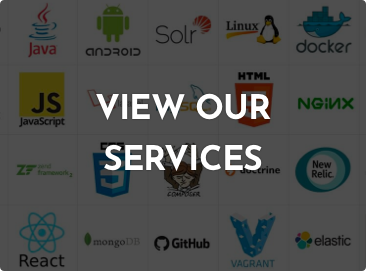Developers build open-source web tools for all kinds of reasons, solving personal pain points, learning new frameworks or giving back to the community. What starts as a simple weekend project often grows into something people rely on. However, many developers never take the next step: making their open-source work financially sustainable.
Monetizing open-source web tools is not about turning a free product into a paid one. It is about creating value around the tool, offering services, and building a model that rewards time, effort and support. With the right approach, developers can transform their side projects into dependable income streams without compromising their principles.
This guide explains how to monetize open-source web tools, what strategies actually work and how to build something sustainable without draining the joy from development.
Open-source projects require maintenance, documentation and long-term updates. While passion fuels early progress, maintaining tools at scale demands time and resources. Monetization offers a way to fund continued development while staying independent.
Let us understand why monetizing open-source tools is worth considering.

When developers receive compensation, they can justify investing more hours. This means better features, fewer bugs and more long-term stability.
Some users need fast responses, onboarding help or integration support. Paid options allow these users to get what they need while still benefiting from open-source foundations.
When a project has reliable funding, users trust that it will not disappear. Monetization signals that the tool has a future and a steward who will keep it alive.
Many developers hesitate to add pricing around their open-source tools. They fear community backlash or worry about losing users. Most of these concerns are based on myths.
Here are some misconceptions worth clearing up.
The code may be open and accessible, but that does not mean the entire experience must be free. Hosting, support, advanced integrations or add-ons can be monetized responsibly.
Users do not abandon useful tools because of monetization. They leave when monetization adds friction without value. A clear and fair model keeps trust intact.
Even niche tools with small user bases can generate revenue through sponsorships, services or custom work. Monetization does not require scale, it requires clarity.
Choosing the right revenue model depends on the tool’s use case, audience and your long-term goals. A flexible approach often works best, mixing multiple strategies to create sustainable income.
Let us explore monetization options developers are using successfully today.
Running open-source tools often requires command line experience, configuration and server knowledge. Many users prefer a hosted version that just works. This convenience is something people will pay for.
For example, form tools, analytics dashboards or CMS frameworks can be offered as hosted SaaS versions. The core remains open, but users pay for uptime, updates and hosting.
If your tool solves one core problem well, you can offer optional features through paid extensions. These might include integrations, additional themes or advanced analytics.
This model allows the free version to remain valuable while rewarding users who want more control or customization.
Organizations using your tool in production environments may need help with implementation. Offering paid support plans gives them peace of mind and gives you recurring income.
This works well for libraries, dev tools and infrastructure utilities that are mission-critical but need guidance during rollout.
If your project has traction, others want to learn how to use it effectively. Offering in-depth tutorials, screencasts or project-based learning paths can generate income and increase adoption.
Developers trust resources made by the creators of a tool. A paid course or ebook can introduce new users while funding development.
For tools that target enterprises, a dual-license model allows personal or nonprofit use under a permissive license and commercial use under a paid license.
This works well for backend frameworks, security libraries or tools that enterprises rely on for compliance or SLAs.
Building a tool is only one part of the puzzle. Monetization also requires payment systems, documentation, user management and access controls.
Here are platforms that help turn side projects into professional offerings.
These platforms allow community members to fund your work directly through recurring donations. They offer transparency and support collaborative development.
For one-time payments like course sales, ebooks or licenses, these platforms offer fast setup and flexible payment management without needing to build a custom billing system.
If you want full control over billing, subscriptions and checkout flows, Stripe or Paddle allow deeper integration into hosted platforms or SaaS versions.
Offering premium guides or starter templates behind a paywall is easy with tools like Notion for content and Gumroad for access.
Even great tools go unnoticed without visibility. To monetize successfully, you must create awareness, build a community and guide users toward the value you offer.
Let us look at how to make that happen without relying on traditional advertising.
Blog posts that explain how to use your tool in real-world scenarios drive traffic and help users understand its value. These can rank in search engines and generate steady interest.
Communities like Reddit, Dev.to, Hashnode and Hacker News offer organic visibility. Focus on education, not sales. Let the tool’s value show through helpful discussion.
Email lists allow you to communicate with users when you launch new features, add support tiers or release a hosted version. Updates build trust and keep users engaged.
A clean website that outlines what your tool does, who it is for and how users benefit helps convert visitors into users, and users into customers.
Plenty of open-source projects have found success with revenue without going closed. These examples show what is possible with the right structure and mindset.
Ghost offers its platform freely but makes money by providing a premium hosted version. Developers can self-host, but many choose the convenience of Ghost(Pro), its fully managed option.
Tailwind is open-source, but its team offers a paid UI component kit and courses. The open-source tool fuels growth, while premium content funds further development.
Posthog offers an open-source core but monetizes through cloud hosting and enterprise features. It combines transparency with enterprise readiness and full control.
While monetizing is rewarding, it can backfire without clear communication and planning. Many developers learn the hard way by losing trust or confusing users.
Here are mistakes worth avoiding.
If users expect your tool to be fully open-source, changing access rules later damages goodwill. Be clear about the monetization path early, even in the README.
People only pay when the offer is worth the cost. Paid plans should include real enhancements, better performance, time savings or expanded capabilities.
Do not spend months creating a hosted version, only to find no one wants it. Test pricing and concepts early using landing pages and feedback.
Long-term sustainability comes from a balanced approach. The community must feel valued, and your time must feel respected. A clear boundary between open and paid helps maintain both.
Let us comprehend what balance looks like.
The core tool should remain stable and powerful. Do not cripple the open version to drive sales. Instead, offer meaningful upgrades around performance, support or integration.
Paying users deserve service, but non-paying users often offer critical ideas. Involve both groups in roadmap planning and bug fixing.
Revenue should not go only to profit. Reinventing in better docs, translations, stability and testing benefits everyone and increases future growth potential.
Monetizing open-source web tools also means understanding how your license impacts what you can offer and charge for. Developers must choose licenses carefully if they plan to build commercial offerings around their code.
Know more about licensing decisions and their implications for monetization.
Permissive licenses such as MIT or Apache allow others to use, modify and even resell your code with minimal restrictions. These licenses offer more freedom for commercial use. Copyleft licenses like GPL require that any derivative works remain open, which limits how paid services or proprietary add-ons can be structured.
If others contribute to your project, you must specify how contributions are handled. Use a Contributor License Agreement (CLA) or Developer Certificate of Origin (DCO) to retain clarity. This prevents future legal confusion if you offer a paid version or license your tool commercially.
While code can be open, your name, logo and project branding can be protected. Registering trademarks allows you to prevent unauthorized commercial use of your tool’s identity—even if the code itself remains open.
Not every project is ready for monetization. Some tools solve niche problems or serve very small audiences. Before adding pricing, it helps to validate whether there is real demand and paying intent.
Here are methods to assess readiness for monetization.
If companies or teams are using your tool in production systems, they likely have budgets for reliability, support or hosted offerings. GitHub stars are nice, but mentions in job postings or issue trackers from companies signal real business use.
Create a waitlist page or pricing mockup to gauge demand before writing a single line of code for a paid plan. Tools like Carrd or Framer let you build these pages quickly. This saves time and prevents wasted effort on features no one values enough to pay for.
If you have an active community, survey them. Ask what features they want most, and whether they would pay for support, hosting or training. Community feedback often reveals surprising opportunities for monetization that do not conflict with open access.
Beyond revenue, open-source tools can become a launchpad for your personal brand. They showcase your thinking, code quality and problem-solving ability. Monetization can grow in parallel with career opportunities, recognition and influence.
Let us look at how open-source work supports broader professional growth.
Building and maintaining open-source tools signals that you can ship, iterate and lead. This earns credibility with clients, employers or collaborators. Your GitHub presence becomes your portfolio—visible proof of what you can design and scale.
Developers often report that paid consulting requests begin after they release popular tools. Companies using your project may ask for help with implementation, audits or custom features. These gigs offer high-value work without traditional job-seeking.
Writing blog posts, publishing walkthroughs or giving talks about your tool positions you as a subject matter expert. This increases speaking invites, newsletter subscribers and course enrollments. The brand equity created through open-source work compounds over time.
Monetizing open-source web tools is not about turning community work into paywalled products. It is about finding ways to support development with funding that reflects the tool’s real-world value. Whether through hosted versions, premium add-ons, support plans or educational content, developers can earn from their work while keeping it open.
Successful monetization begins with clear communication, a real value exchange and respect for your users. With the right strategy, your side project can evolve into a sustainable source of income and long-term growth.
If you are planning to scale your open-source project into a sustainable digital product, work with experts who understand code quality, platform readiness and business alignment. Access to the top IT software development and consulting services can help you transform your idea into a dependable, revenue-ready platform.
Right from infrastructure planning to custom backend systems and secure deployment workflows, the right partner makes your monetization journey faster and more reliable. Build smarter and grow sustainably with solutions tailored to your open-source goals.


 Browse Our Services
Browse Our Services
